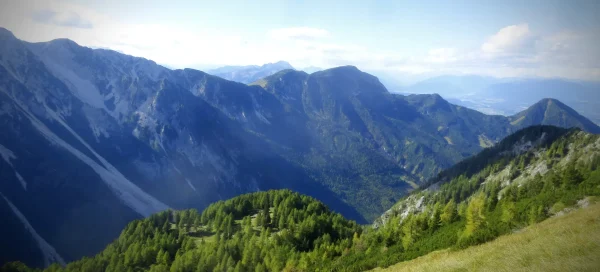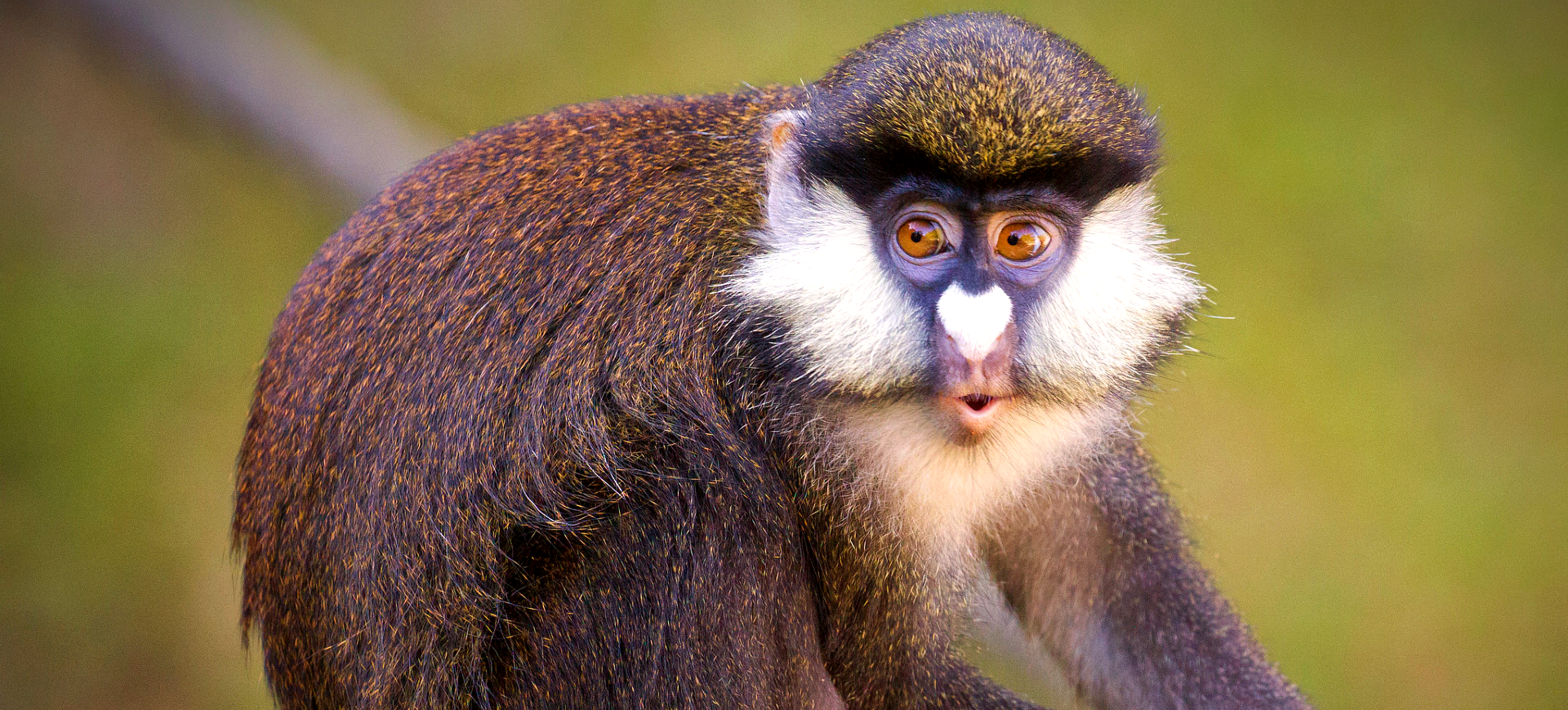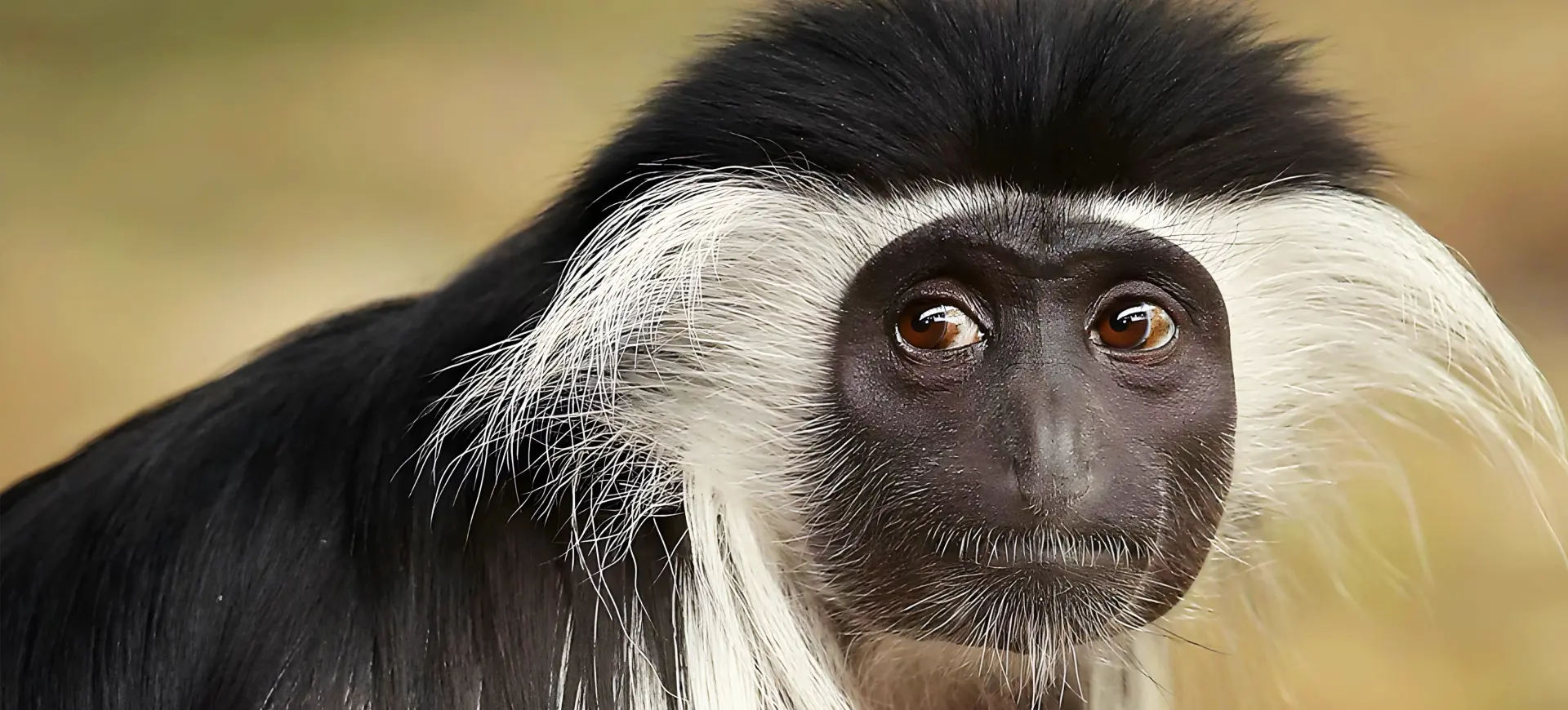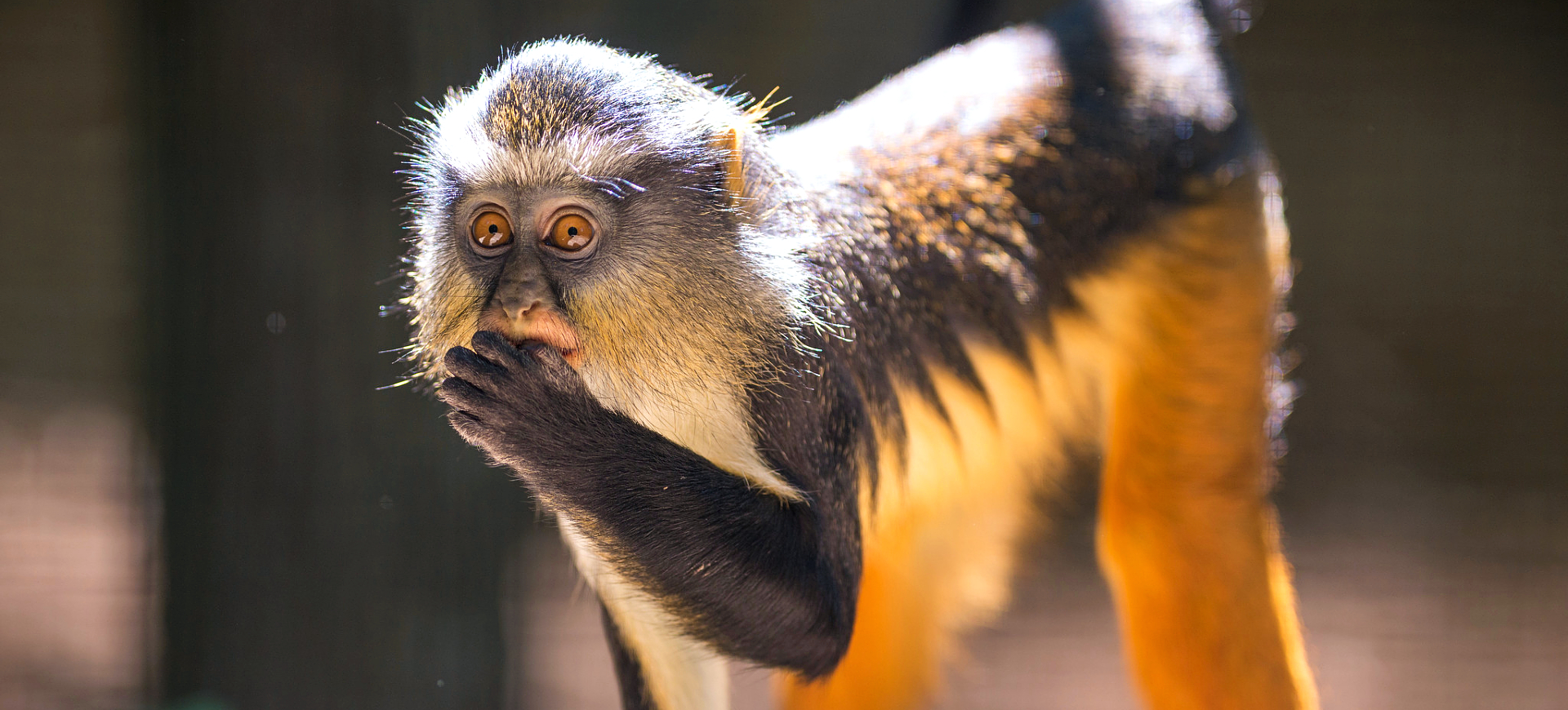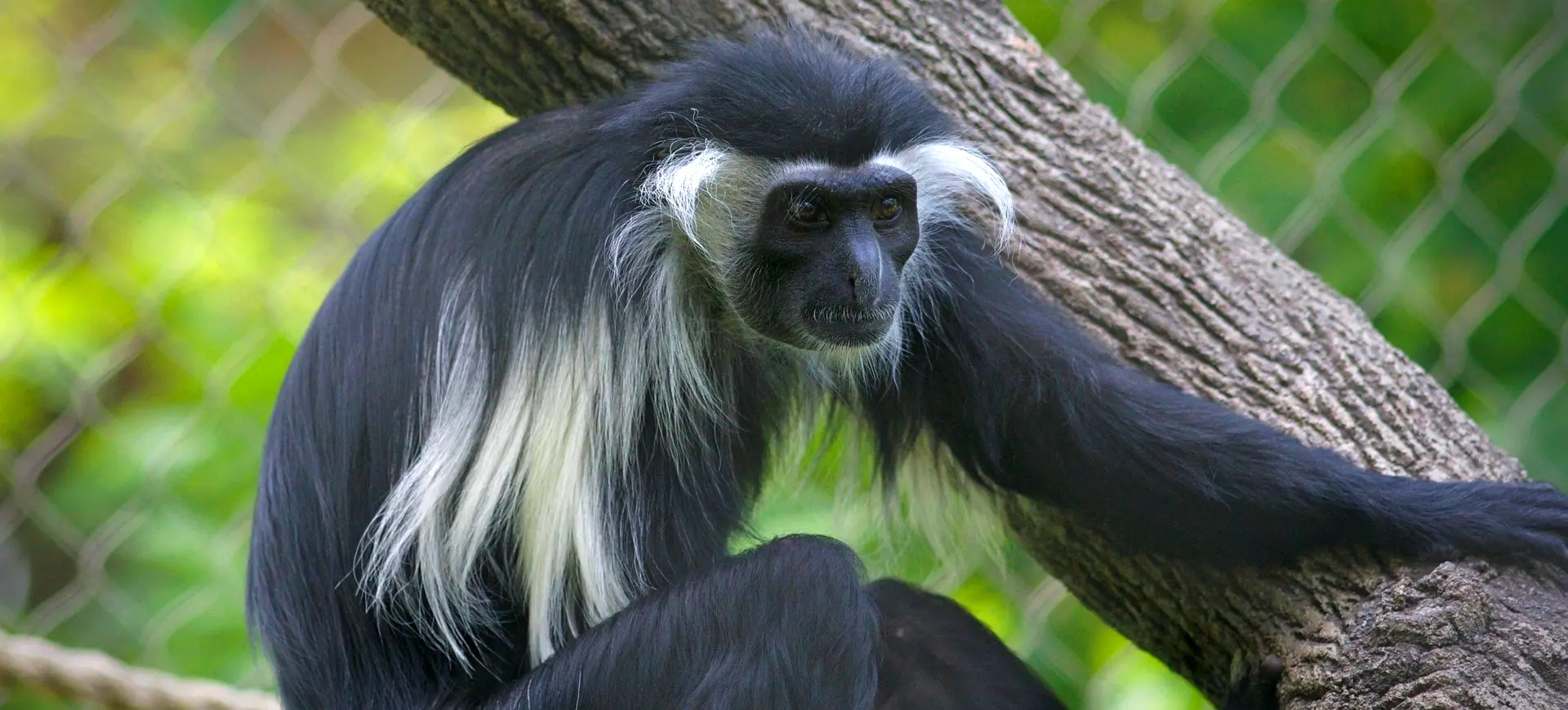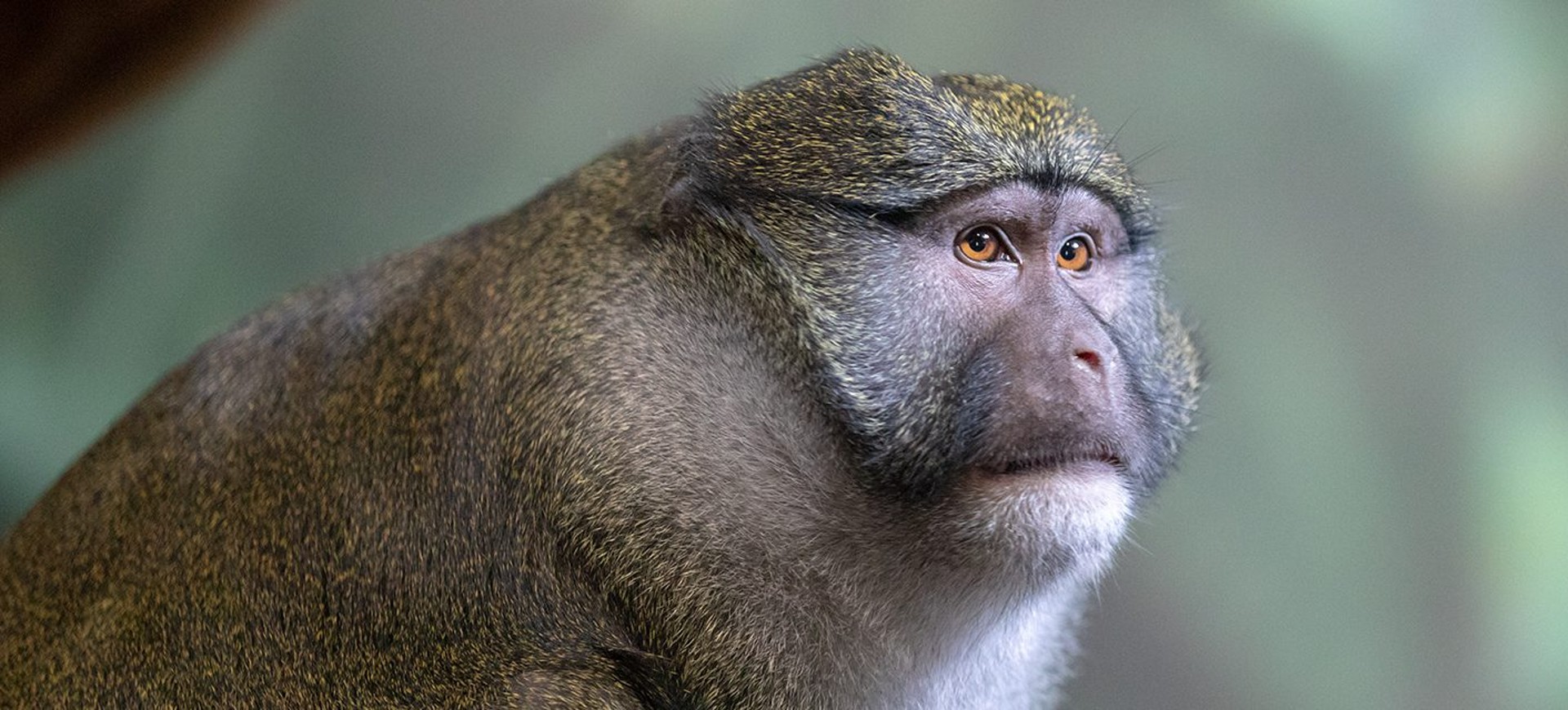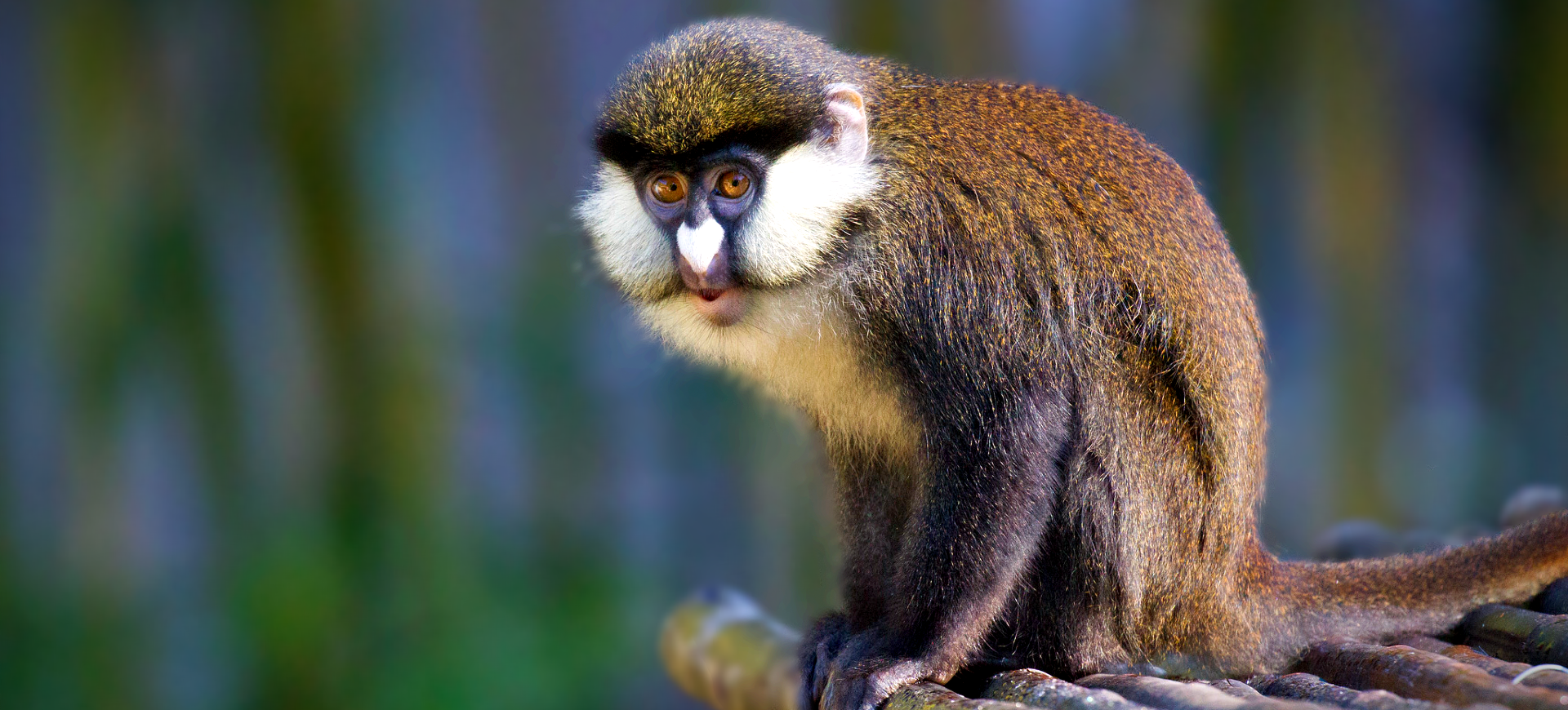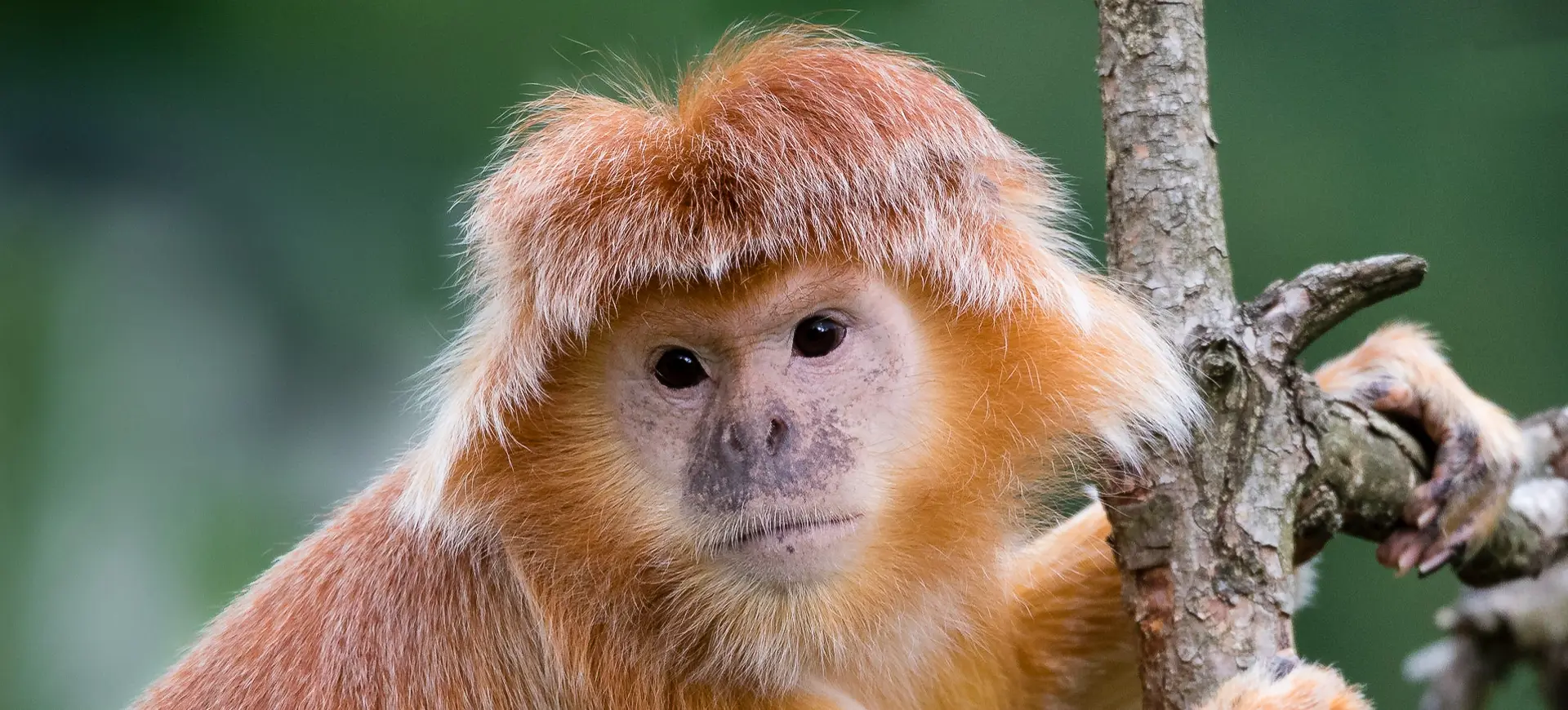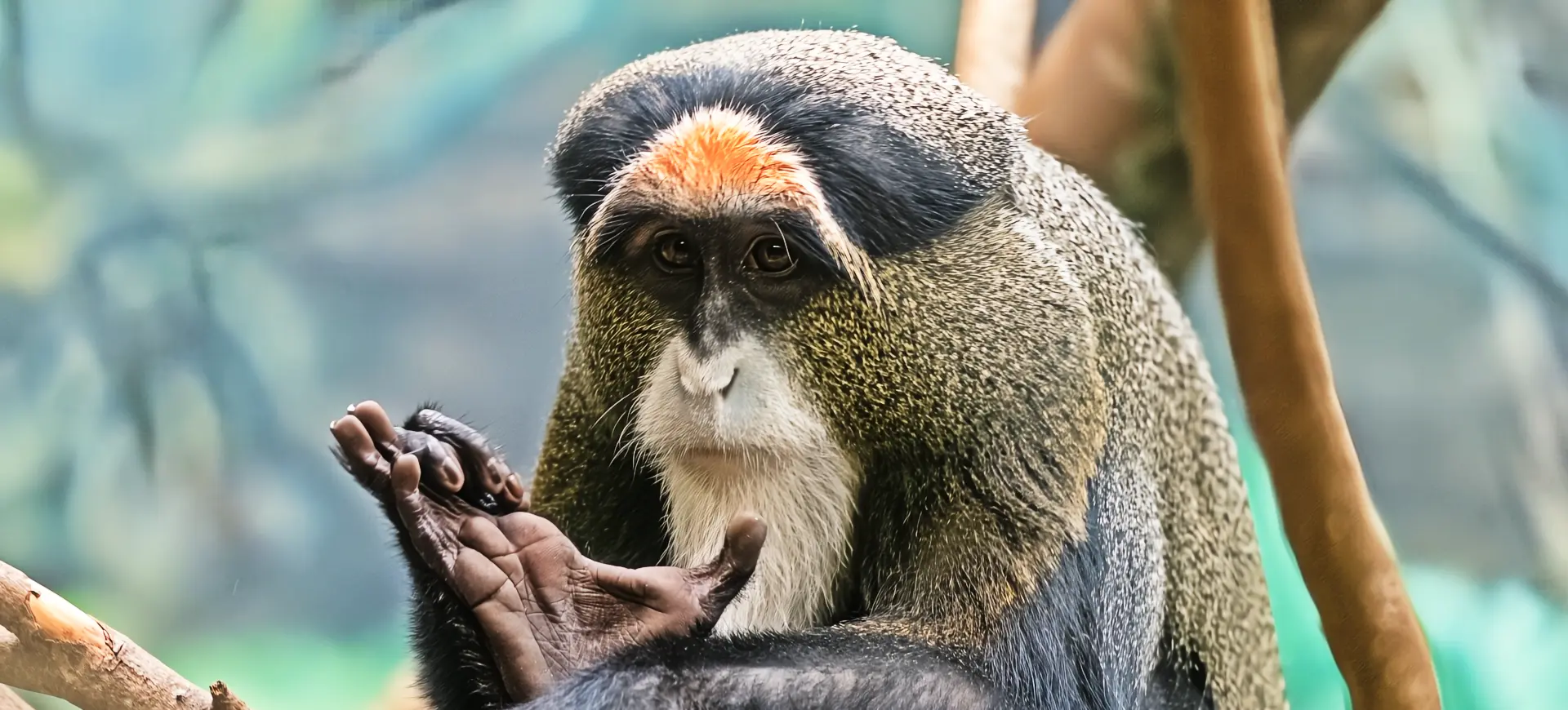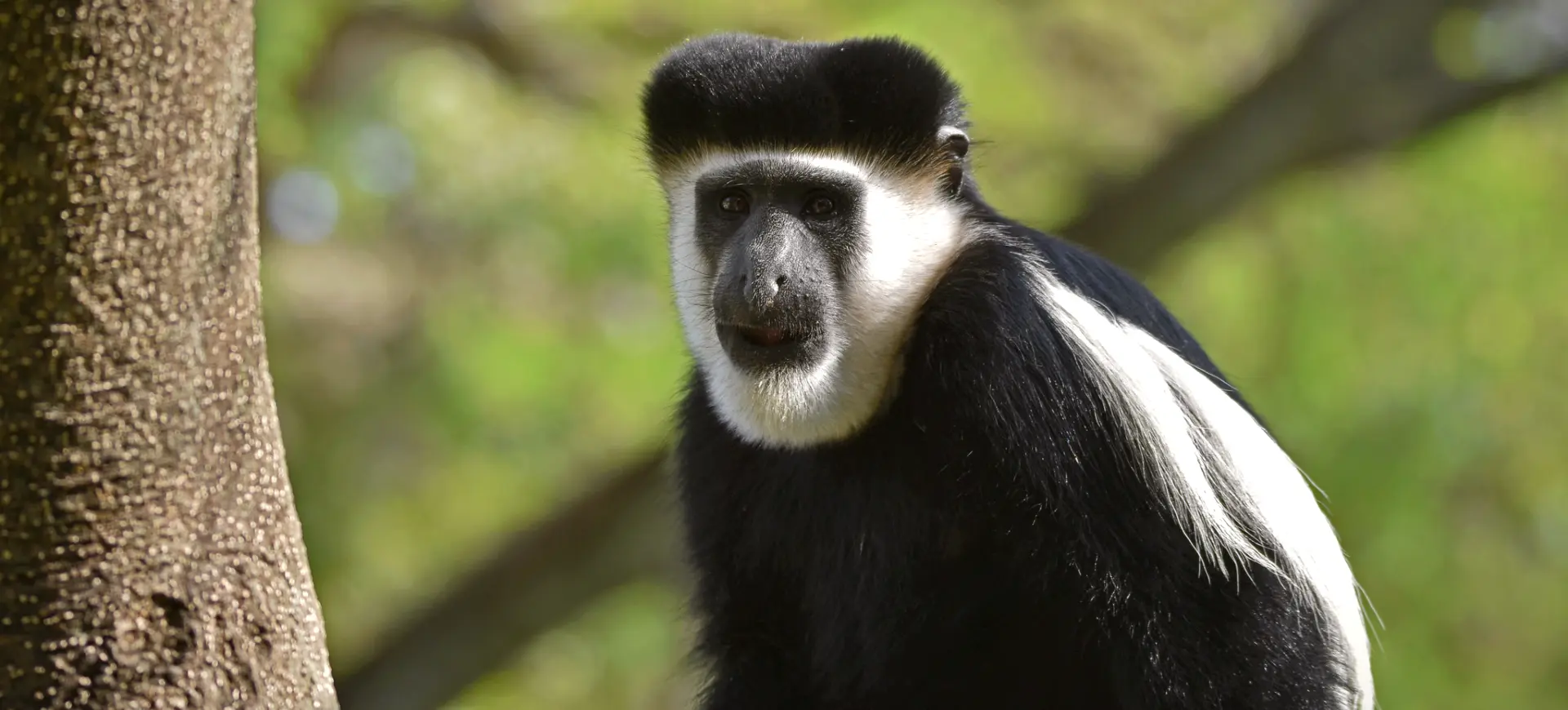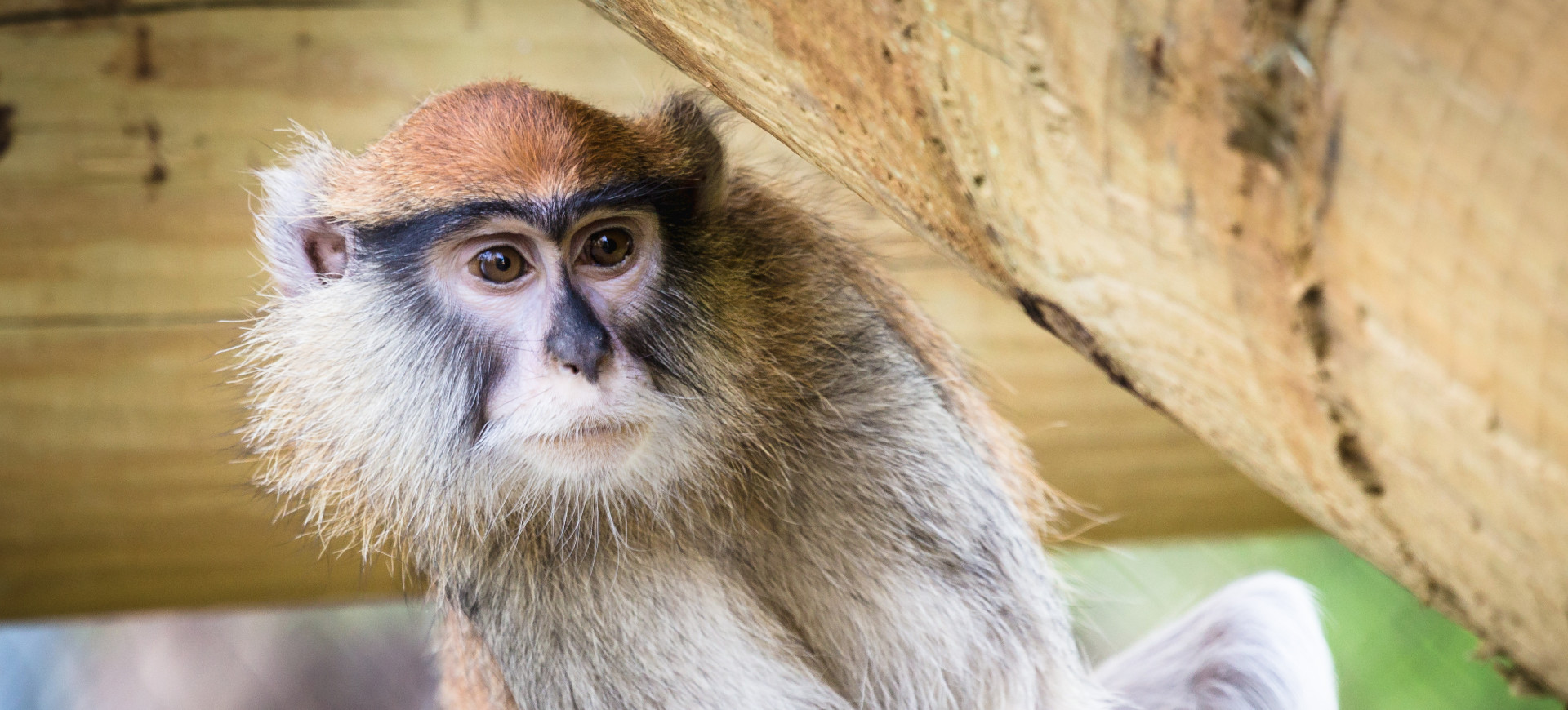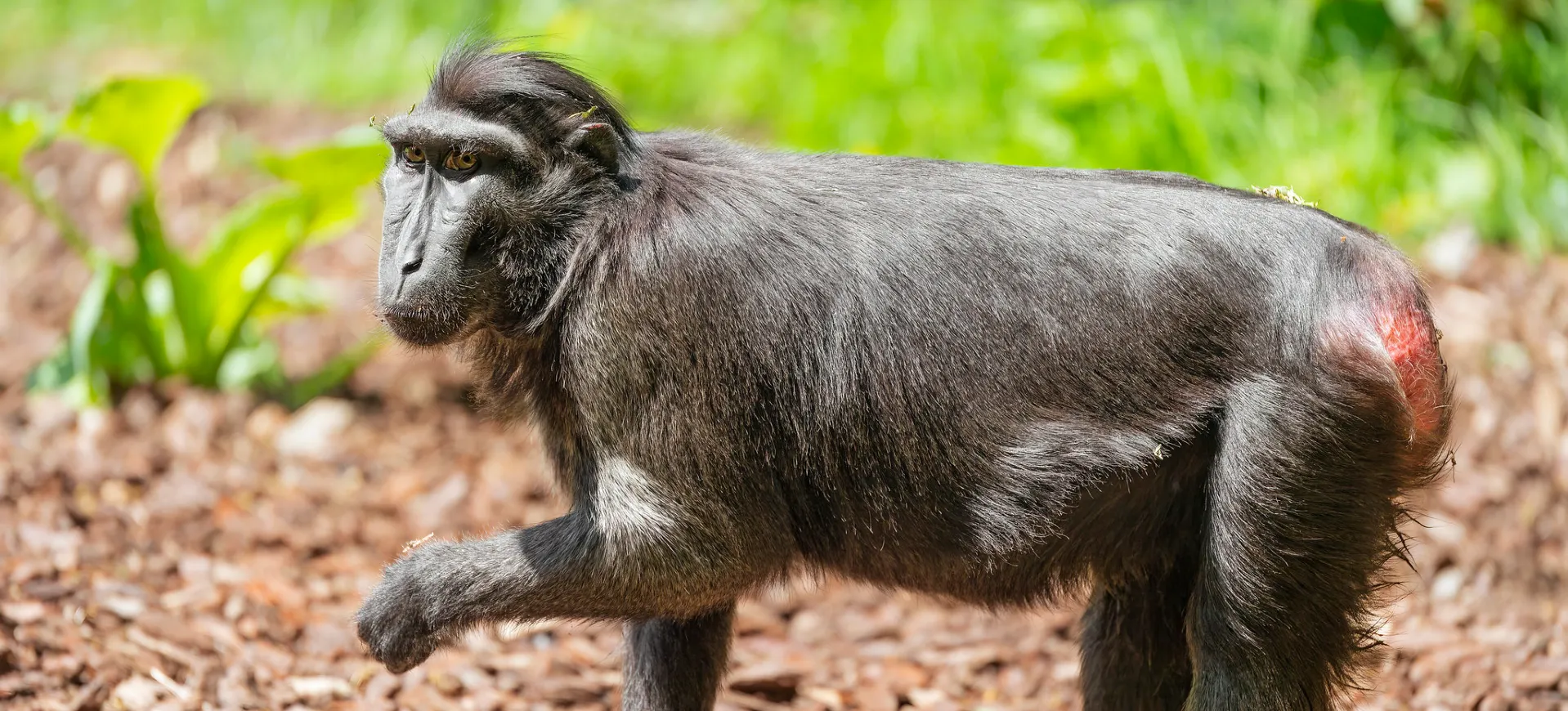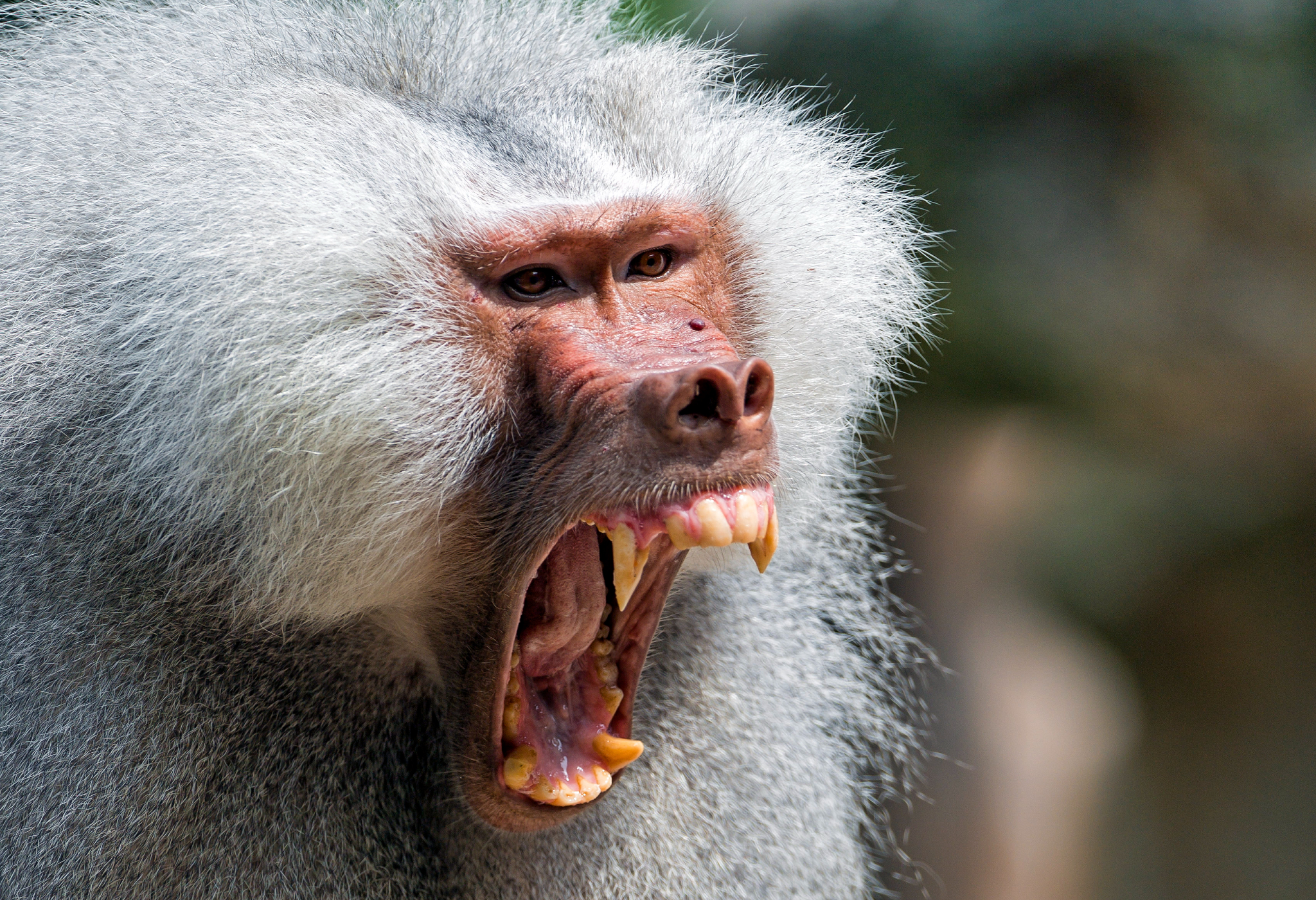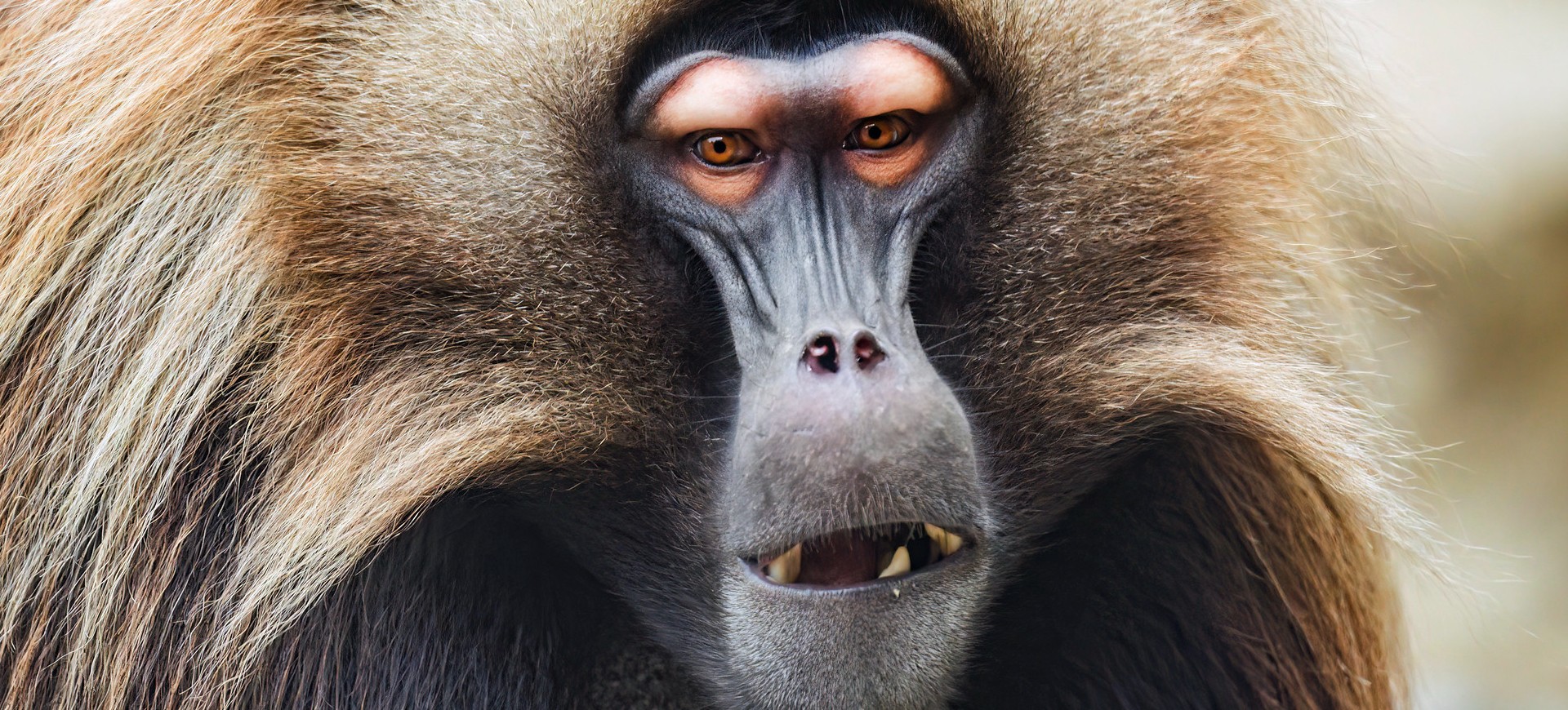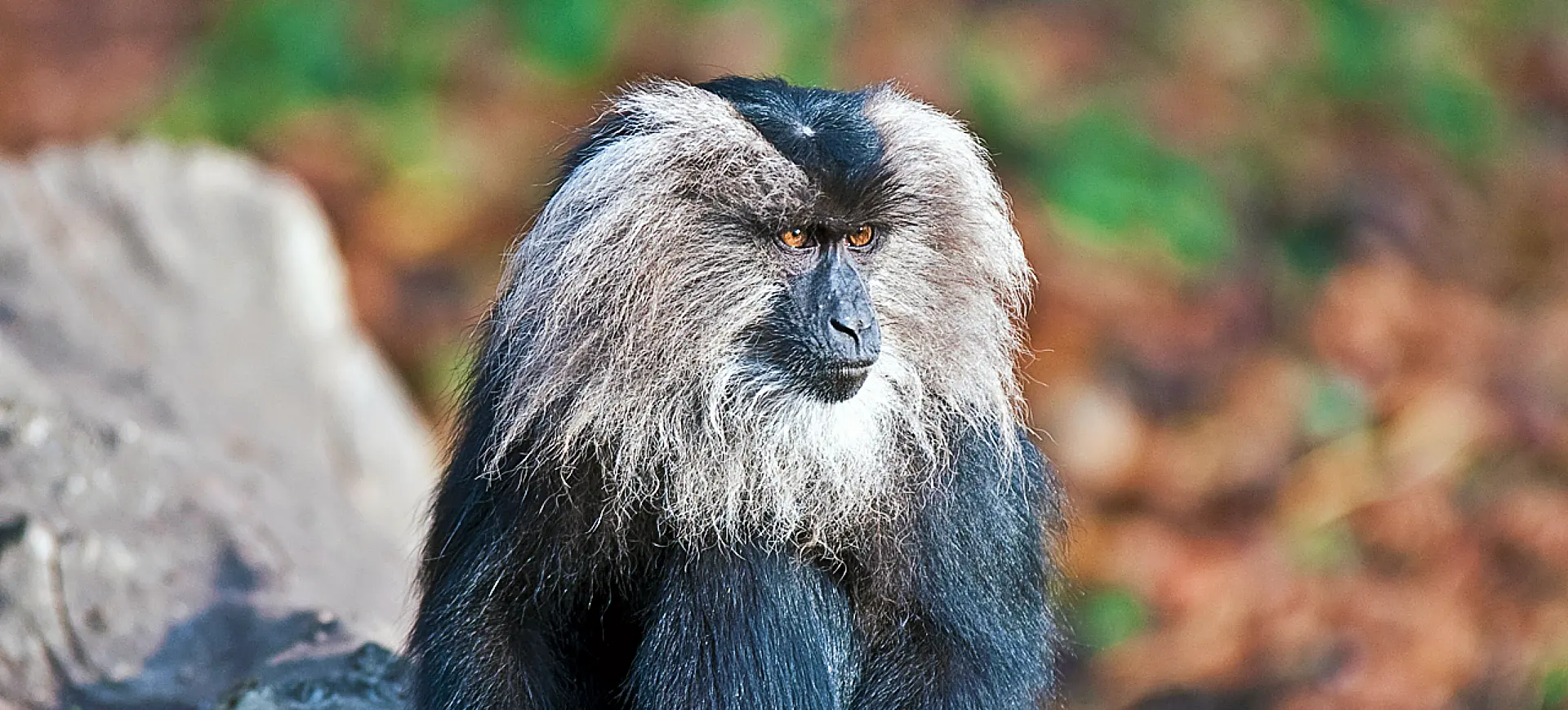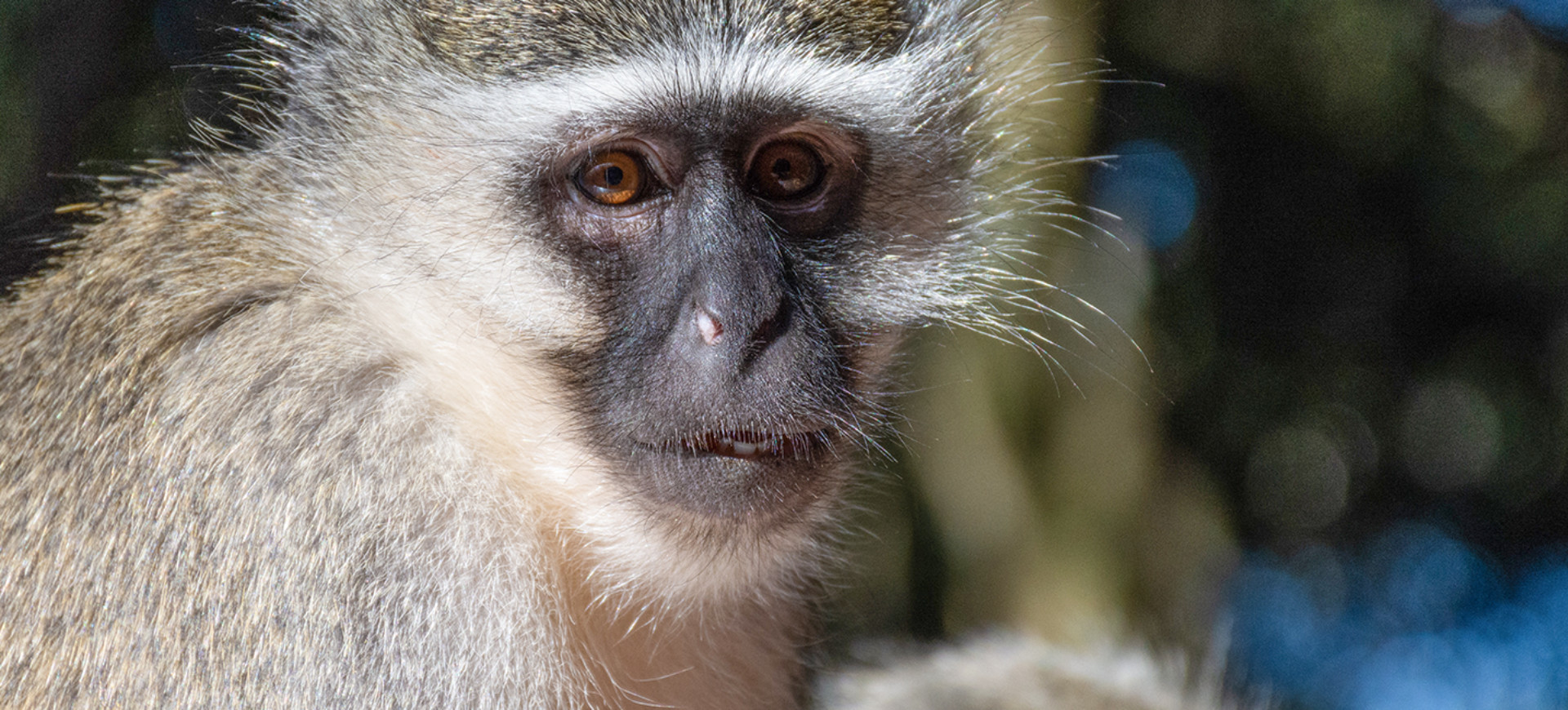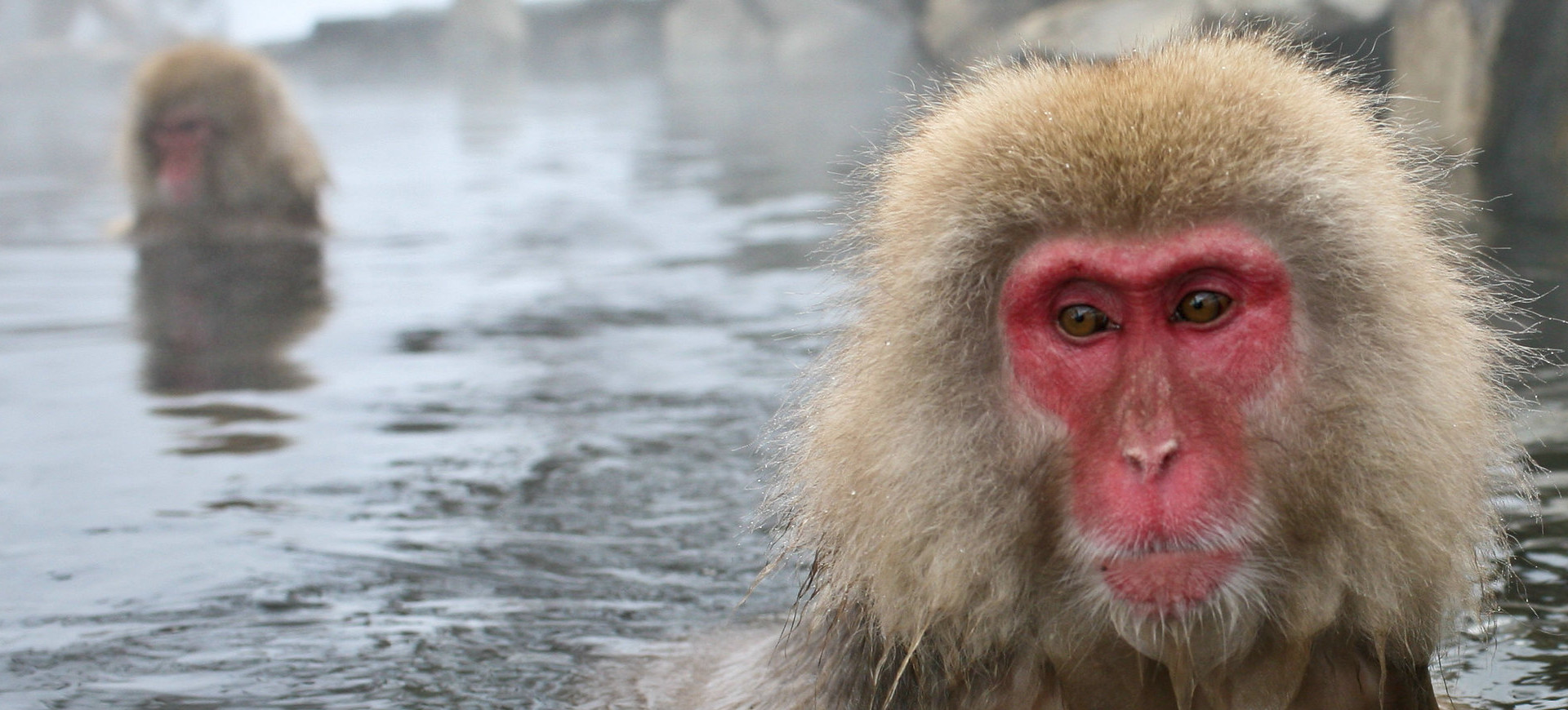Overview
François’s Langur is a distinctive primate with striking physical characteristics, including its black and white fur, making it easily recognizable in its habitat. These langurs possess a long, prehensile tail that significantly aids in their arboreal lifestyle, allowing them to navigate the complex canopies of their environment with agility and grace. They are known for their social behavior, forming groups crucial to their survival and reproductive success. The conservation status of François’s Langur highlights this species’ challenges, including habitat loss and hunting, underscoring the urgent need for targeted conservation efforts to ensure their future.
François’s Langur exhibits a predominantly folivorous diet, relying heavily on leaves as their main source of nutrition, supplemented by fruits, seeds, and flowers. This dietary preference necessitates a specialized gut to process the fibrous plant material, influencing their habitat selection towards areas rich in suitable foliage. The species is diurnal, spending the daylight hours foraging, socializing, and resting in the safety of the tree canopies. Their vocal communications are complex in intra-group interactions, territorial displays, and predator warnings.
The reproductive strategies of François’s Langur include a gestation period of approximately 6 months, after which a single offspring is usually born. The infants are notable for their bright orange fur, which contrasts starkly against the black fur of the adults, a characteristic that fades as they mature. The care for the young is a communal effort within the group, showcasing the species’ complex social structure. The conservation of their habitat and the protection against poaching are paramount for the survival of this species, as they face increasing threats from human activities.
Taxonomy
Kingdom
Phylum
Class
Order
Family
Genus
Species
Type
Physical Description:
François’s Langur is characterized by its sleek black fur, highlighted by distinctive white sideburns that frame the face, contributing to their unique and recognizable appearance. The species has a slender body adapted for an arboreal lifestyle, with long limbs and a longer prehensile tail that aids in maneuvering through the trees with ease. Adults typically showcase a lean physique, reflecting their active lifestyle and diet. The stark contrast between their dark body and the lighter facial markings adds to their striking visual appeal.
The physical adaptations of François’s Langur are not just for show; they play crucial roles in their survival. Their agile bodies are perfectly suited for the dense forest canopies they inhabit, allowing them to leap considerable distances between branches. The prehensile tail is a fifth limb, providing balance and support while foraging or moving. Their hands and feet are also specialized for gripping, with opposable thumbs and toes facilitating their arboreal navigation. The visual distinction between infants, with their bright orange fur, and adults serves as a mechanism for group cohesion and care for the young.

Lifespan: Wild: ~15 Years || Captivity: ~25 Years

Weight: Male: 15-20 lbs (7-9 kg) || Female: 13-18 lbs (6-8 kg)

Length: Male: 21-23 inches (53-58 cm) || Female: 20-22 inches (51-56 cm)

Height: Male: 24-26 inches (61-66 cm) || Female: 22-24 inches (56-61 cm)

Top Speed: 30 mph (48 km/h)
Characteristic:
Native Habitat:
François’s Langur inhabits limestone karst forests, a unique ecosystem that provides the necessary food and shelter for this species. These forests are characterized by rugged terrain, which offers natural protection against predators and human disturbances. The langurs are found at various elevations, from lowland areas to mountainous regions, demonstrating their adaptability to different forest types within their range. The dense canopy cover of their habitat supports their folivorous diet and provides essential avenues for their arboreal lifestyle.
The distribution of François’s Langur is limited to specific Southeast Asian regions, including parts of Vietnam, China, and Laos. This geographic specificity underscores the importance of habitat conservation in these areas to ensure the species’ survival. The karst landscapes they prefer are increasingly threatened by mining and deforestation, highlighting the need for habitat protection efforts. Conservation initiatives to preserve these unique ecosystems are critical for the long-term viability of François’s Langur populations.
Climate Zones:
Biogeographical Realms:
Continents:
Diet:
Diet & Feeding Habits:
François’s Langur primarily feeds on various leaves, making them folivores, with a particular preference for young, tender shoots that are easier to digest and more nutritious. Their diet is supplemented by fruits, seeds, and flowers, depending on the season and availability within their habitat. This dietary specialization requires a complex stomach for fermenting plant material, enabling the efficient breakdown of cellulose. The langurs spend a significant portion of their day foraging, meticulously selecting food items that meet their nutritional needs.
The feeding behavior of François’s Langur reflects their adaptation to life in the trees, with foraging activities typically taking place in the canopy. They exhibit a preference for specific tree species, showing an intricate knowledge of their environment and the seasonal availability of food resources. Group foraging promotes social bonds and allows members to share knowledge about food sources. Their role as folivores also contributes to forest health, aiding in seed dispersal and the cycling of nutrients through their habitat.
Mating Behavior:
Mating Description:
François’s Langur exhibits a polygynous mating system, where a single male mates with multiple females within a group. This system promotes strong social bonds within the group and allows for cooperative care of the offspring. Mating can occur throughout the year, but there is often an increase in mating activity before the rainy season, aligning with optimal conditions for offspring survival. The social structure of the group plays a significant role in mating dynamics, with dominant males typically having exclusive mating rights with the females in the group.
The gestation period for François’s Langur is approximately 180-200 days, culminating in the birth of a single offspring. The bright orange fur of the newborns is a distinct characteristic, making them highly visible within their group. This visibility is thought to encourage alloparenting, where individuals other than the biological mother participate in caring for the infant. The communal care strategy enhances the survival chances of the offspring by distributing the care responsibilities among several adults, thereby reducing the burden on any single individual.
Reproduction Season:
Birth Type:
Pregnancy Duration:
Female Name:
Male Name:
Baby Name:
Social Structure Description:
François’s Langurs are social creatures that form groups under the leadership of a dominant female. These social units, referred to as troops, typically comprise 4 to 27 members, which include one dominant male, several females, and their young. The hierarchical structure of these troops plays a key role in their social organization.
Within the troop, interactions are largely peaceful, although occasional minor conflicts may arise over issues like food or mating rights. Communication is an essential aspect of their social structure, facilitated by various means such as vocalizations, facial expressions, and physical gestures.
Groups:
Conservation Status:
Population Trend:
François’s Langurs are classified as endangered, with dwindling numbers in the wild attributed to human-related factors. Estimates suggest that fewer than 2,000 individuals remain in their natural habitats. Their main threats include habitat destruction and hunting, which continue to reduce their populations.
In captivity, these langurs benefit from dedicated breeding programs and conservation initiatives to boost their numbers. However, challenges still exist, such as susceptibility to diseases and a decrease in genetic diversity. These factors make their long-term survival uncertain, even within controlled environments.
Population Threats:
Habitat destruction, largely caused by agricultural expansion and infrastructure development, is one of the main threats to François’s Langur populations. The fragmentation of their natural environments compromises their ability to find food and shelter, contributing to a decline in their numbers. This habitat loss is especially impactful, given their already limited and fragmented distribution.
Hunting poses another significant risk to these primates, as their body parts are sometimes used in traditional medicine. Despite existing conservation laws designed to protect them, illegal hunting remains a persistent issue. This illicit activity continues to have a detrimental impact on their population.
Conservation Efforts:
National parks and reserves in China and Vietnam have put measures in place to protect François’s Langurs and their natural habitats. These protective steps include stringent regulations that prohibit hunting and habitat destruction. Additionally, conservation NGOs play an important role by educating local communities on the significance of conserving this endangered species.
On an international scale, cooperation among countries has led to the establishing of transboundary protected areas. These areas encourage easier movement and enhance genetic diversity among fragmented François’s Langur populations. However, the effective implementation and monitoring of these conservation strategies continue to be challenging.
Additional Resources:
Fun Facts
- François’s Langur infants are born with bright orange fur, which gradually changes to black as they mature.
- They have a specialized stomach for digesting tough plant material, allowing them to thrive on a diet primarily composed of leaves.
- François’s Langur can leap distances of over 10 meters between trees, showcasing their incredible agility and adaptation to an arboreal lifestyle.
- The species plays a crucial role in their ecosystem as seed dispersers, aiding in the regeneration of their forest habitat.
- They are known for their complex vocal communications, which include a variety of calls used for social interaction and territorial defense.
- François’s Langur has been observed using caves and rock crevices in their limestone karst habitats as shelters and sleeping sites.
- The species is named after the French Consul in China, Auguste François, who was among the first to describe the Langur.
- Conservation programs for François’s Langur include captive breeding efforts, although reintroduction to the wild poses significant challenges.
- They exhibit remarkable swimming abilities, a trait not commonly observed in many primate species.
- The social structure of François’s Langur allows for the communal care of infants, enhancing their survival rates through shared responsibilities.



